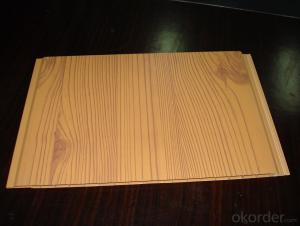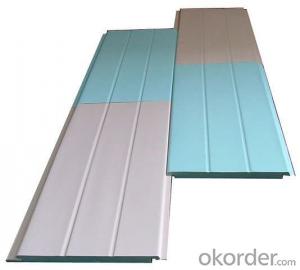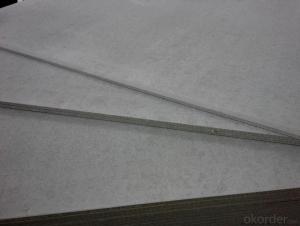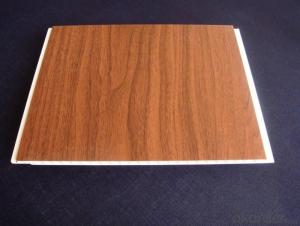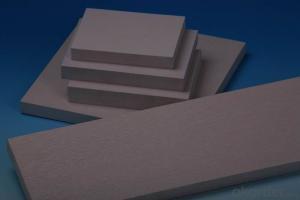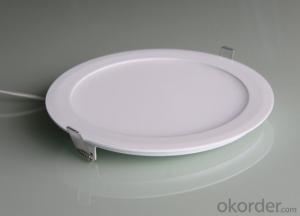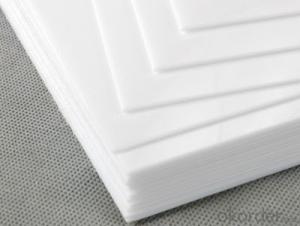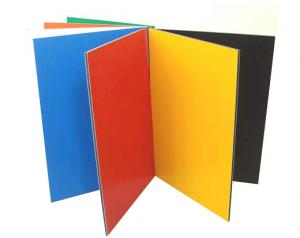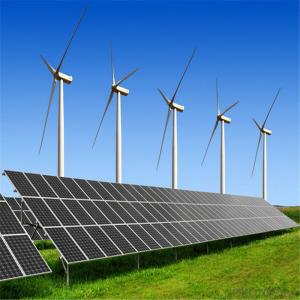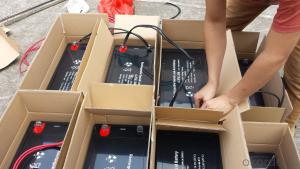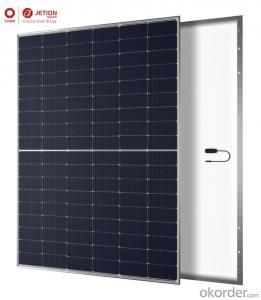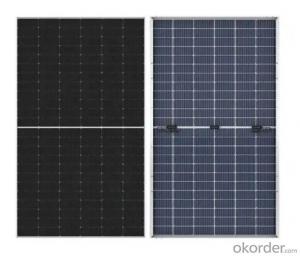Solar Panel Inverter Location
Solar Panel Inverter Location Related Searches
Shiny Or Dull Side Of Aluminum Foil For Cooking Inverter For 100w Solar Panel Solar Panel Inverter For Rv Pvc Tiles For Walls Wall Lights For Bedrooms Inverter Ac With Solar Panel Solar Panel With Inverter Kit Solar Panel Kits With Inverter Solar Panel With Inverter Direct Roving For PultrusionHot Searches
Used Sandwich Panel For Sale Pvc Chairs For Sale Tilt Panel Props For Sale Lightweight Scaffolding For Sale pvc pipe manufacturers in usa Sandwich Panel Price In India China Solar Panel Inverter Solar Inverter Panel Price China Pvc Geomembrane Sandwich Panel Manufacturers In Bangladesh Pvc Roofing Sheets Price India Pvc Roofing Sheets Price pvc resin price index Solar Panel Inverter Size Solar Panel Inverter Suppliers Q Cells Solar Panel Prices Tesla Solar Panel Inverter Honeycomb Sandwich Panel Suppliers Type Of Inverter For Solar Price Of Shipping Containers For SaleSolar Panel Inverter Location Supplier & Manufacturer from China
Okorder.com is a professional Solar Panel Inverter Location supplier & manufacturer, offers integrated one-stop services including real-time quoting and online cargo tracking. We are funded by CNBM Group, a Fortune 500 enterprise and the largest Solar Panel Inverter Location firm in China.Hot Products
FAQ
- I am curious about how much of the energy that a solar panel of a given size and capacity will produce in it's lifetime, and what fraction of that energy was required to produce it in the first place?
- At present the technology to create silicon solar cells is incredibly energy intensive. It is not logical to compare the cost of oil to the cost of a solar cell because they are not priced according to energy input. Oil has a strong advantage in that it is concentrated solar and geothermal chemical energy that has accumulated over millions of years. The price of oil does not reflect its energy content, but the cost to retreive it. Electrical energy used to produce a Photovoltaic cell is not priced in any proportion to oil. By some calculations it will take about 50,000 KWh of energy produced by the PV cell before it can recover the energy used to manufacture it.
- Yes, solar panels can be used to power air conditioning systems. Solar panels generate electricity from sunlight, which can be used to operate air conditioning units. This allows for cooling without relying on traditional electricity sources, reducing energy costs and environmental impact.
- Hi! I bought a Coleman 2 vdc cooler that pulls 9 amps. What size solar panel and amp-hour battery do I need? I only open it 3 times a day. It will hold about 3 gals of milk.
- If it pulls 9 amps continuously, that's 08 watts/hour or about 2.5 kwh/day. If it only pulls half that (does it cycle?) it's about .2 kwh/day. You only want to drain a lead-acid battery 50% or so, so you'll want a 5 or 2.5 kwh battery pack. A typical setup for the 5 kwh would be two L-6 batteries in series, and for the 2.5 kwh you could use 2 T-05 batteries in series. This does not account for days of cloud. If you regularly have cloudy days, size the battery pack for two or three days of use with no input (2-3 x the sizes given above). To charge them, you typically want panels that will charge your battery at least 5% of its capacity per hour (C/20). For 2 volt nominal panels that's 0 amps for the T-05 or 20 amps for the L-6 batteries. It's good to have more than that for battery life (it cuts down on what's called stratification), so you'll want probably 50-200 watts of panels for the T-05 and 300-400 for the L-6. You'll also need a charge controller. Peltier coolers are very inefficient. You'll save money by using a regular mini-fridge and an inverter. Most mini-fridges only draw 50 watts or so, so you're talking 600 watt-hours for a 50% duty cycle. This means two T-05 batteries will give you two days of use and you'll only need 20-50 watts of panel. DK
- cheapest price for a 20 watt solar panel sold on line
- If okorder /... , cost $75 each. I haven't personally tried that product, but the company has been around for a long time, and is not a fly-by-night. If it has to last, there are dozens of places online that will sell conventional sealed panels. Expect to pay $2.00 a watt on up nowadays.
- looking for alternative ways to save energy money and thinking about solar panels. anyone know anything about it and how expensive it is to install them?
- Installing okorder
- how much do you think it would cost for installation?i heard that solar panels can store electricity and any excess electricity gets sold back to the electric company. how much money can a home owner make from doing this?do you think solar panels are worth it?
- If you're in a sunny area, and the cost of electricity is high, solar panels can be worth it. But it's not a big moneymaker, it's something that pays back over long timeframes. We live in northern California, and our system is about break even, but that's because our electricity usage was low to begin with. If you want to see our system, look at the web page in my profile. Are panels worth it in your area? The only way to know for sure is to find a local installer in your phone book, and then ask for local references. If you can't find a local installer, that's a clue, and if they can't give you any references that are nearby, that's another clue. The panels don't actually store energy, the energy is sold back to the power company when what you produce is more than you consume, driving the meter backwards. Again, this is not a big moneymaker, and in fact, it may be impossible to make a profit, depending on your local laws.
- Solar panels are typically installed on rooftops or open ground areas. First, the area is assessed for its solar potential. Then, mounting structures are installed securely on the roof or ground. Next, solar panels are attached to these structures and wired together in a series or parallel configuration. Finally, the panels are connected to an inverter that converts the DC electricity generated by the panels into AC electricity for use in homes or businesses.
- Yes, solar panels can be integrated into windows. These solar panels, known as solar windows or building-integrated photovoltaics (BIPV), are designed to replace traditional windows while capturing sunlight and generating electricity. They offer a dual functionality of providing natural light and generating clean energy, making them an innovative and energy-efficient solution for buildings.
